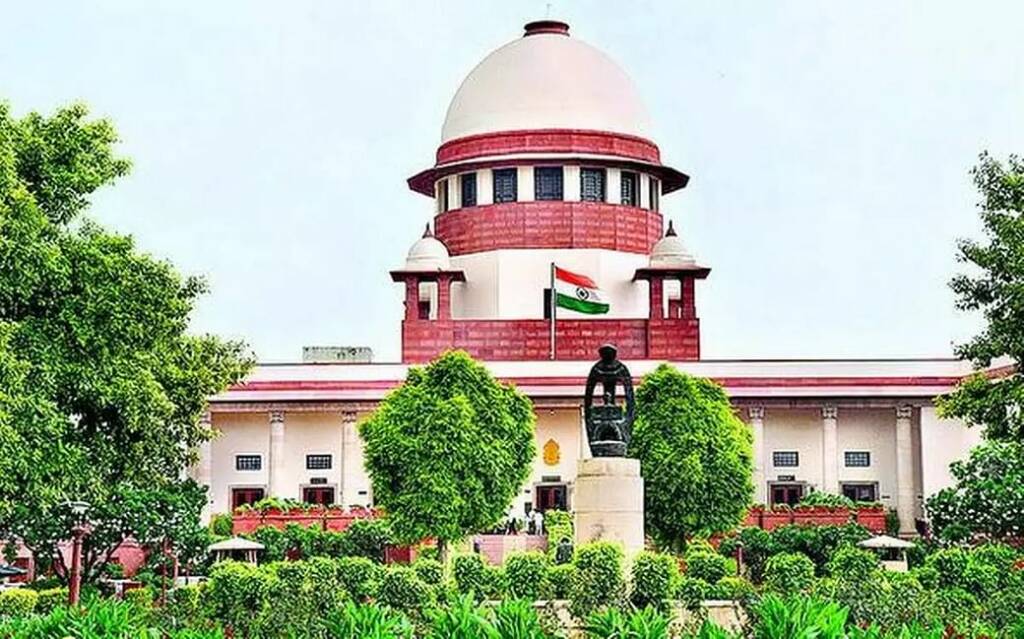Addressing the on-going farmers’ protests in the capital, the Supreme Court on Thursday highlighted the sheer lack of safeguards in times of COVID-19, even going as far as to compare the protest to the Tablighi Jamaat congregation in March last year. Voicing the apprehension, the apex court said that it may lead to a “similar problem”, alluding to the rapid rise in the number of COVID-19 cases at the behest of the Tablighis.
A three-judge bench, led by Chief Justice of India SA Bobde asked the Centre, “Same problem will arise from the farmers’ protest… Don’t know if they are protected from COVID-19. You must tell us what is happening.”
CJI Bobde further said, “It is not that everything is over. We are trying to ensure that COVID does not spread. Ensure that guidelines are being followed”.
The Supreme Court was hearing a plea filed by lawyer Supriya Pandita, alleged that Delhi Police had failed to control the congregation of people during the Tablighi Jamaat incident.
In March, disregarding the threat of the pandemic, 8,000 Tablighi Jamaat missionaries had gathered in the Nizamuddin Markaz, which created the single biggest cluster Coronavirus cluster right in the heart of the National Capital. Thereafter, the Tablighi Jamaat missionaries wandered across the country, creating innumerable hotspots on the way.
Now it seems that the protests are following the footsteps of the Tablighis. The national capital is fraught with anti-social elements, purportedly protesting against the three revolutionary farm laws passed by the parliament. While the movement may seem that of farmers fighting for their rights, the entire agitation is fraught with Khalistani elements, and political parties fulfilling vested interests.
From the videos that have been resurfaced, the protesters can be heard issuing threats to Prime Minister Modi, while reminding the public, the assassination of PM Indira Gandhi, and can also be seen praising Pakistani Prime Minister Imran Khan and hosting ’Khalistan’ flags in Delhi. In addition to all this, one can also see posters galore of separatist Sant Jarnail Singh Bhindranwale in the protests.
Marching ahead with these adamant principles, the protesters haven’t had any breakthrough in their talks with the centre, which is promising to fulfil each genuine demand and address each concern of the farmers.
The farmers are purported to have come to Delhi from each corner of the country, similar to the Tablighi Jamaat congregation. In March last year, this had created a nationwide crisis as the international conference in the Nizamuddin Mosque was attended by preachers from across India, Indonesia, Malaysia, Thailand and Saudi Arabia. Many of those who attended the conference, 1830 to be precise, had travelled elsewhere after the religious gathering got dispersed. While 281 of them travelled abroad, the rest travelled to all corners of India such as Assam, Tamil Nadu, Kashmir, Madhya Pradesh and even the Andaman & Nicobar Islands.
This had led to a widespread of the COVID-19 infection, the after-effects of which the nation is witnessing till date. Despite such high levels of community transmissions, the protestors have again embarked on the same path, which may be fatal to the rest of the citizens in the country, as rightly noted by the Supreme Court.
